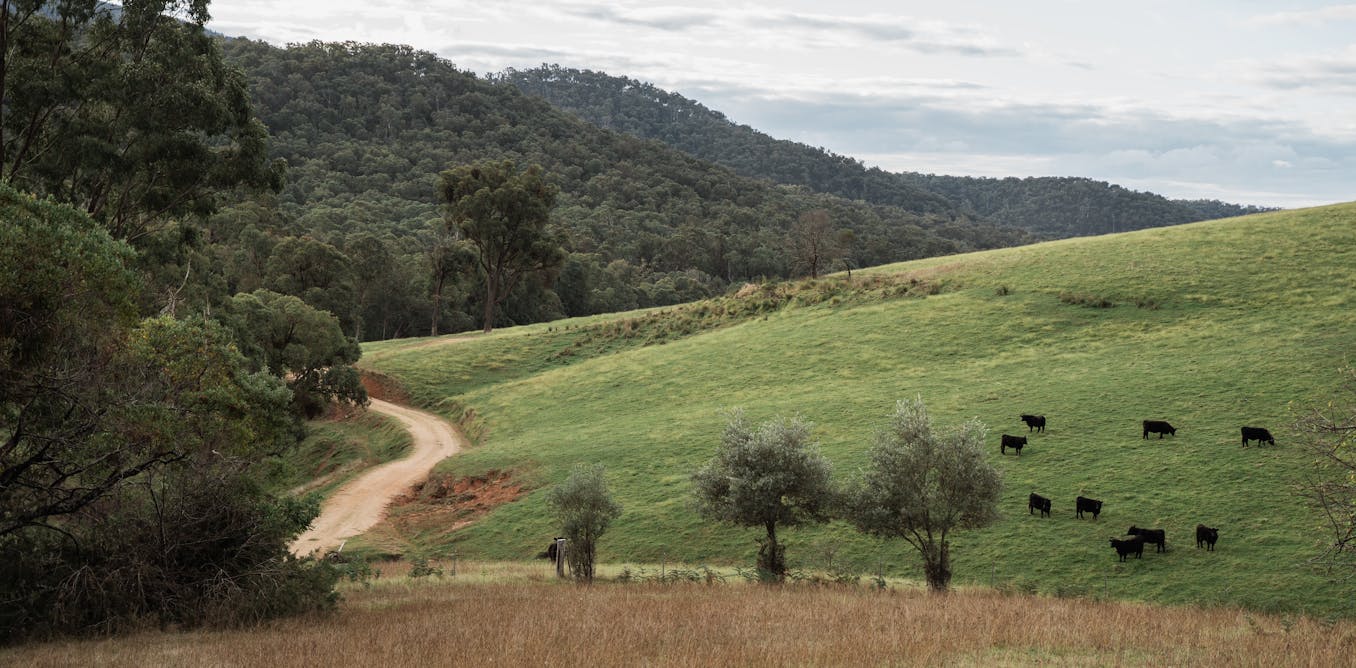Labour’s biodiversity market scheme needs to be well planned – or it could lead to greenwashing
Businesses and philanthropic organizations want to invest in nature conservation and restoration projects. We have to make this easier.
The minister of which major political party said that? If you guessed Labor, right – it was Environment Secretary Tanya Plibersek last week. But the sentence is strikingly similar to that of the Coalition’s David Littleproud.
In fact, Labor’s proposed biodiversity market borrows heavily from the previous government’s approach. In short, landowners could buy and sell biodiversity certificates. A farmer wishing to clear land could purchase a certificate created by another farmer who has restored native vegetation elsewhere.
The federal government should proceed very carefully here. New South Wales’ environmental offset scheme has been criticized for not doing what it was supposed to be doing and for major problems in Australia’s climate change scheme.
If not well designed, schemes like this can be played very easily and fail to achieve their goals.
Handover of the baton
In February of this year, the Morrison government introduced legislation aimed at creating a market for farmers to encourage biodiversity on their land. It was announced as a world first – but that’s not entirely true.
While both the Coalition and Labor governments want to claim credit for inventing the scheme, similar biodiversity schemes have been introduced in other countries. The UK and Canada have combined market-based approaches with strategies aimed at ensuring a net gain in biodiversity. This means that any loss of biodiversity through development must be compensated with certificates that represent an even greater gain in biodiversity. At least that’s the theory.
Read more: Morrison government wants farmers to benefit from tending the land – but will anyone want to pay?
The coalition’s proposed market would reward landowners on farmland with a tradable certificate if they agreed to carry out projects to protect and enhance native species. These certificates can be sold to third parties who can use them to offset biodiversity loss through development or to support their sustainability goals.
Just six months later, Labor announced what appeared to be a very similar proposal, although details are scant at this time. We know that the Labor version is ultimately intended to be funded largely by the corporate sector.
Mitchell Luo/UnsplashCC BY
This approach could help – but only if planned properly
A key difference is the scale. Prime Minister Anthony Albanese made it clear that the market would be open to all land managers, whether they be farmers, conservationists looking to rewild land, or indigenous land managers.
Although the government is proposing that the scheme would work in a similar way to existing carbon credit laws, the rhetoric suggests that credits can not only offset projects that cause biodiversity loss, but allow companies to improve their environmental, achieve social and governance goals. This is potentially legitimate, but could also be used for greenwashing.
Read more: We can’t stabilize the climate without carbon offsetting – so how can we make it work?
The problem is, offsets don’t always work. In the environmental arena, offsets are seen as a last resort that — depending on the specific transaction — can actually result in an overall loss of species or habitats.
The government must learn from the integrity issues surrounding Australia’s carbon credit system.
For a biodiversity market to be effective, it needs available land and willing participants who expect a positive return. This means that the price of certificates must be worth the cost of the actual restoration.
And the government needs to ensure the system is watertight, given the major integrity and transparency issues in the carbon credit system that whistleblowers and academics have cited.
To avoid this, it is important that these biodiversity certificates represent demonstrable biodiversity gains and that the details of these gains are known to all purchasers. Buyers will be much more secure knowing that the certificates they are buying come from, say, a farmer who is restoring native vegetation along a previously cleared stream.
The government is aware of that. They are still deciding how best to measure and verify the benefits of biodiversity. This will be one of the biggest challenges in introducing this system.

Nathan Jennings/UnsplashCC BY
A biodiversity market cannot stop degradation alone
Skeptical commentators claim that environmental markets are a false solution to a serious ecological emergency. This is true if we rely on the market approach in isolation.
A biodiversity market is not a magic bullet for our many serious and intersecting environmental problems. Improving the outlook for our many ailing species and ecosystems requires work on many fronts, such as: B. Funding protected areas, working to bring threatened species back, tackling land deforestation, working on carbon storage and accelerating climate action.
To give the program bite, Australia should stick to the UK and Canadian approach of requiring a net environmental gain at national level.
Many Australian states already require no net loss of biodiversity through developments and policies. Despite this, these policies have not always halted large-scale land clearing due to exemptions. Likewise, the loss of one habitat is not always compensated by the gain of another. Labor must close these loopholes.
We need to see this biodiversity market system clearly. It’s just a method of improving environmental outcomes in this country. We’re going to need a lot more.
Read more: “Environmental Accounting” could revolutionize conservation, but Australia has wasted its potential
.


Comments are closed.